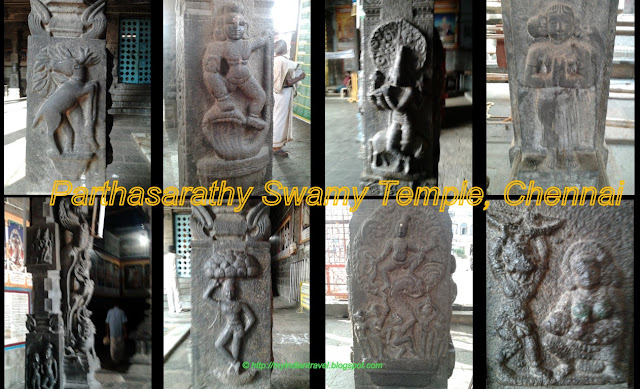There is more to Goa, it is just not beaches and churches. Usgalimal is a small village in the interiors of South Goa. This place very close to mining area is one of the most important prehistoric sites in India. To reach this place we had to ask lot of people for directions and little known place is a must visit.
To reach this place one has to walk across a small wooden bridge. One can see lot of rock arts on the banks of river Kushavati that exhibit earliest traces of human settlement in India. They are approximately 20,000 to 30,000 years old.
More than 100 distinct rock engravings are carved on laterite stones, spread an area of 500 sqm depicting images of bulls, peacock, labyrinths and human figures.
This art is outside the village, and a winding pathway leads to this place. It is about 1 km interiors down from the main road between Rivona to Neturlim.
To reach this place one has to walk across a small wooden bridge. One can see lot of rock arts on the banks of river Kushavati that exhibit earliest traces of human settlement in India. They are approximately 20,000 to 30,000 years old.
More than 100 distinct rock engravings are carved on laterite stones, spread an area of 500 sqm depicting images of bulls, peacock, labyrinths and human figures.
This art is outside the village, and a winding pathway leads to this place. It is about 1 km interiors down from the main road between Rivona to Neturlim.















































